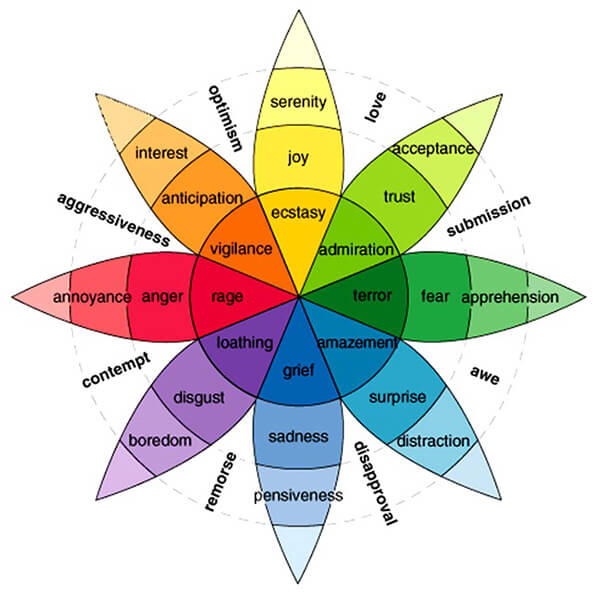

Music Motions put music videos shot in 35-millimeter into movie theaters to promote the albums and boost sales. In June 1985, Streisand's video was one of several acquired by Music Motions, a company run by former execs from MTV. “Emotion” premiered on MTV January 18, 1985. The nightclub scene at the end of the video featured British club personalities Philip Salon, Scarlett, and Tasty Tim. The music video was filmed October 1984 in London and featured Streisand-inspired art direction (the interiors of the glamorous house color-coordinated with Barbra's clothes!)Įven the director of Barbra's 2000 concert tour, Timeless, made a cameo appearance - Kenny Ortega appears as the window washer. She also sang opposite her co-stars Roger Daltrey and Mikhail Baryshnikov. Barbra wore glamorous makeup, and very ‘80s clothing. The music video for “Emotion” showcased Streisand's humorous side. It could be this heightened level of experience in certain people and musicians that allows them to imagine and create music that others simply cannot, painting their very own sonic image.“Emotion” was the second music video and also the title track of Barbra's 1984 pop album. Be it classics from the Beatles and Stevie Wonder or fiery riffs from Metallica and Led Zeppelin, the preference for a certain type of music has an effect on its very experience. The extent of this connection is seemingly variable among individuals, which is how certain musicians have the ability to create pieces of music which are brimming with emotional quality, and others simply cannot. Professor Daniel Levitin, a neuroscientist and composer, unpacks the mystery of the emotion in music by explaining how the brain’s emotional, language and memory centers are connected during the processing of music – providing what is essentially a synesthetic experience. As our brains develop, certain areas become specialized in vision, speech, hearing, and so forth. So as babies, it is theorized that we view the world as a large, pulsing combination of colors and sounds and feelings, all melded into one experience – ultimate synesthesia.

When we are born, our brain has not yet differentiated itself into different components for different senses – this differentiation occurs much later in life. The response to ‘groove’ is mainly unconscious it is processed first through the cerebellum and amygdala rather than the frontal lobes. Whether it is the first familiar notes of The Beatles’ “Yellow Submarine,” or the beats preceding AC/DC’s “Back in Black,” the brain synchronizes neural oscillators with the pulse of the music (through cerebellum activation), and starts to predict when the next strong beat will occur. Music, though it appears to be similar to features of language, is more rooted in the primitive brain structures that are involved in motivation, reward and emotion. This successful manipulation is what elicits the chills that are part of any moving song. Skilled composers manipulate the emotion within a song by knowing what their audience’s expectations are, and controlling when those expectations will (and will not) be met. But this structure has to involve some level of the unexpected, or it becomes emotionally devoid. The appreciation of music is tied to the ability to process its underlying structure - the ability to predict what will occur next in the song. The brain imposes structure and order on a sequence of sounds that, in effect, creates an entirely new system of meaning.

Music can be thought of as a type of perceptual illusion, much the same way in which a collage is perceived.


 0 kommentar(er)
0 kommentar(er)
